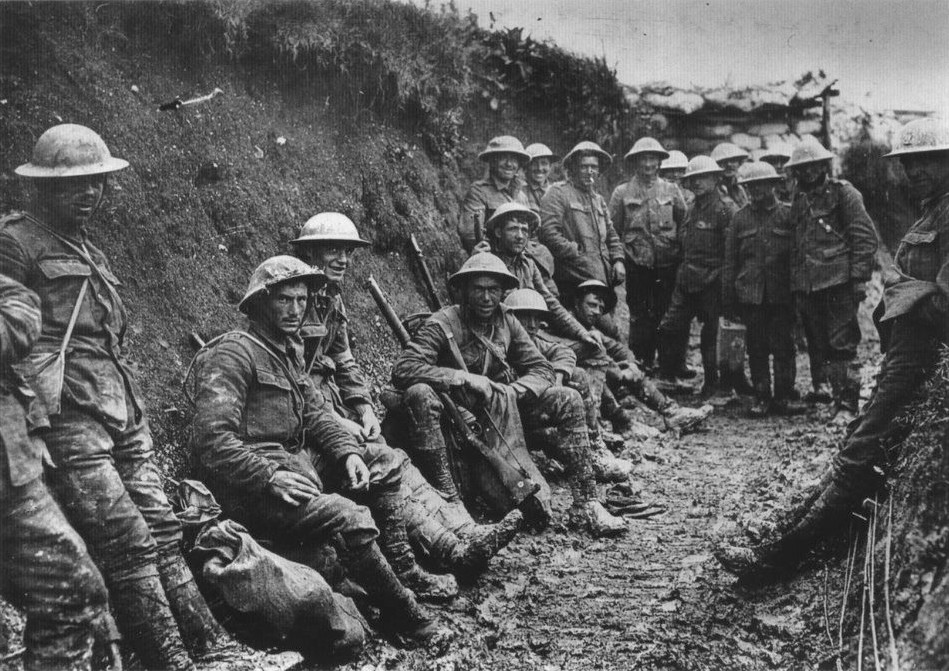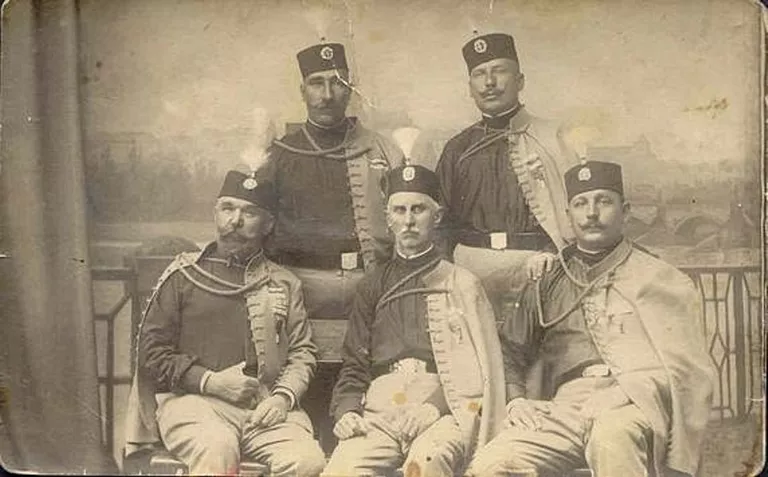Last updated on August 7th, 2024 at 06:32 pm
World War I was a cataclysmic event that reshaped the world. With its trench warfare, the widespread use of chemical weapons, and the staggering loss of life, the conflict remains a subject of enduring fascination.
Over the decades, many filmmakers have tried to capture the essence of this war, striving for historical accuracy and emotional depth. Here, we explore seven of the more accurate World War I movies that not only entertain but also offer viewers an authentic glimpse into the grim realities of the war.
All Quiet on the Western Front (1930)
A faithful adaptation of Erich Maria Remarque’s 1929 novel, Lewis Milestone’s All Quiet on the Western Front is often hailed as the definitive World War I film.
The movie’s harrowing portrayal of the war from the perspective of German soldiers is both groundbreaking and profoundly moving.
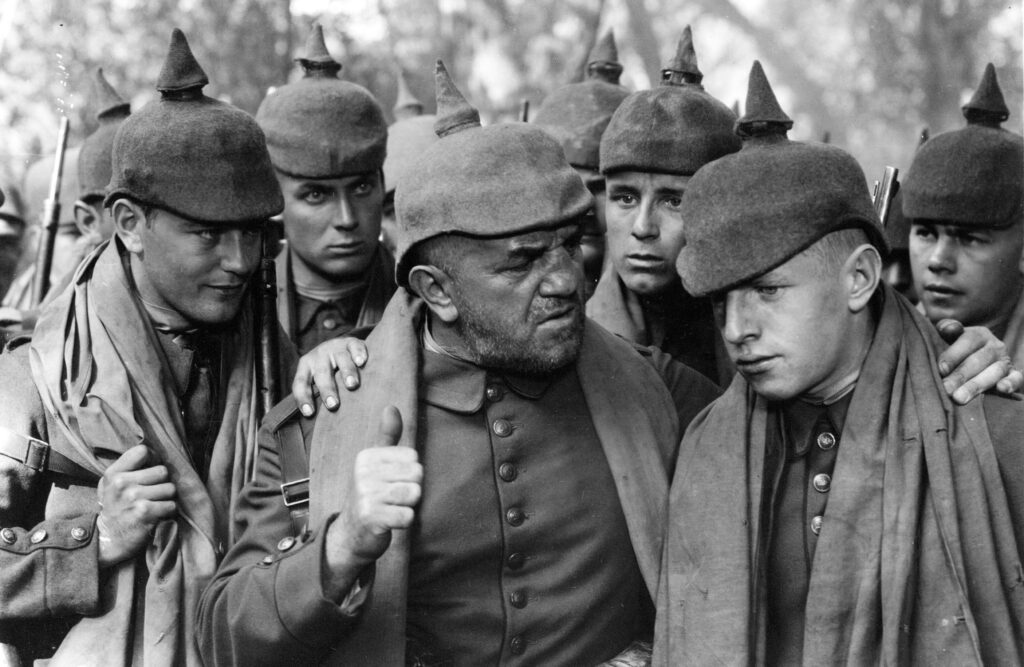
The film faithfully recreates the trenches, the bleak landscapes of the Western Front, and the psychological toll the war took on soldiers. Its unflinching depiction of the horrors of war makes it a powerful anti-war statement
All Quiet on the Western Front was one of the first films to realistically depict the brutal nature of World War I, making it a cinematic landmark. Its historical accuracy and emotional depth earned it the Academy Award for Best Picture, and it remains a touchstone for war films.
Paths of Glory (1957)
Stanley Kubrick’s Paths of Glory is another highly regarded World War I film that combines cinematic artistry with historical fidelity. The movie is set during the French army’s futile attempt to break through German lines in 1916.
Kubrick’s meticulous attention to detail in depicting the trenches, the battle sequences, and the military hierarchy captures the grim reality of the war. The film also delves into the moral and ethical dilemmas faced by soldiers and commanders, highlighting the senselessness of the conflict.
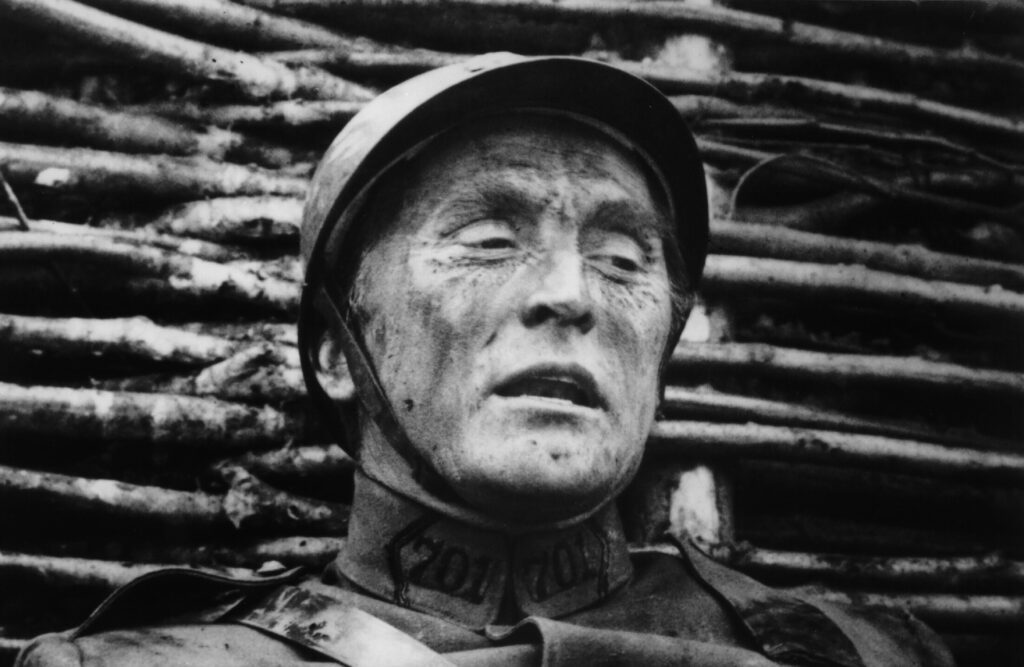
While Paths of Glory was controversial at the time of its release, especially in France where it was initially banned, it has since been recognized as one of the greatest anti-war films ever made. Its realistic portrayal of the war’s futility and the harsh conditions faced by soldiers make it a must-watch for anyone interested in World War I history.
Gallipoli (1981)
Gallipoli, directed by Peter Weir, is an Australian film that focuses on the ill-fated Gallipoli Campaign of 1915. The movie is lauded for its accurate depiction of the campaign, including the harsh conditions faced by the ANZAC (Australian and New Zealand Army Corps) soldiers.
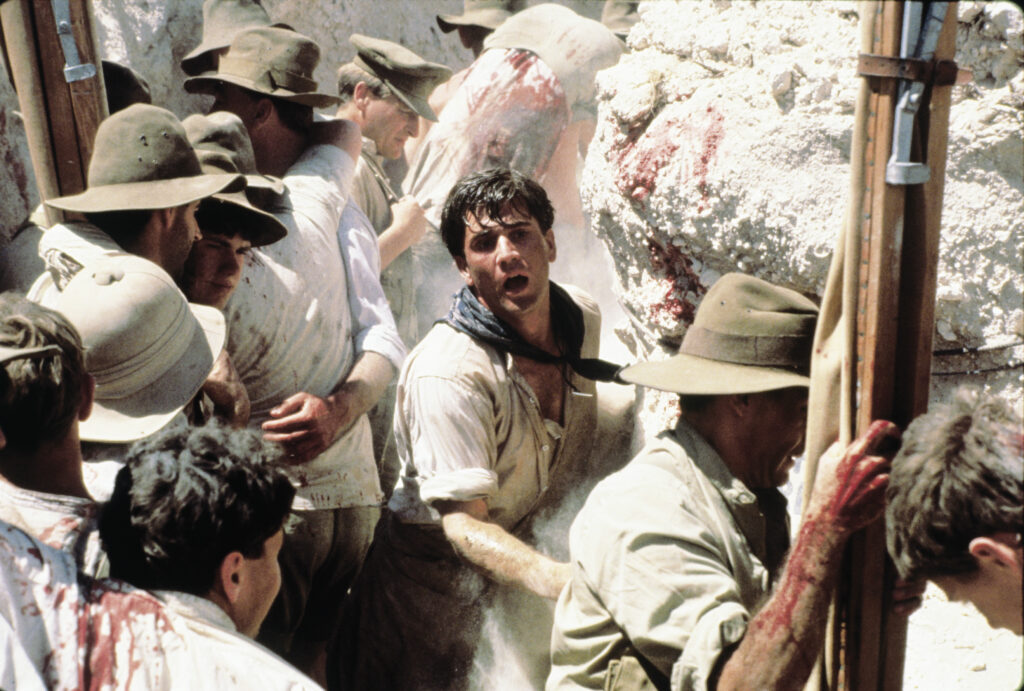
The film portrays the camaraderie and the youthful optimism of the soldiers, juxtaposed against the brutal reality of the campaign. The battle scenes, particularly the final charge, are hauntingly realistic, capturing the tragic waste of life.
Gallipoli played a significant role in shaping Australia’s national identity and collective memory of World War I. The film’s historical accuracy, combined with its emotional narrative, makes it one of the most poignant depictions of the war.
Lawrence of Arabia (1962)
While Lawrence of Arabia is primarily a biographical film about T.E. Lawrence, it offers a vivid portrayal of World War I in the Middle Eastern theatre. The film is noted for its grand scale, sweeping cinematography, and its attention to historical detail.
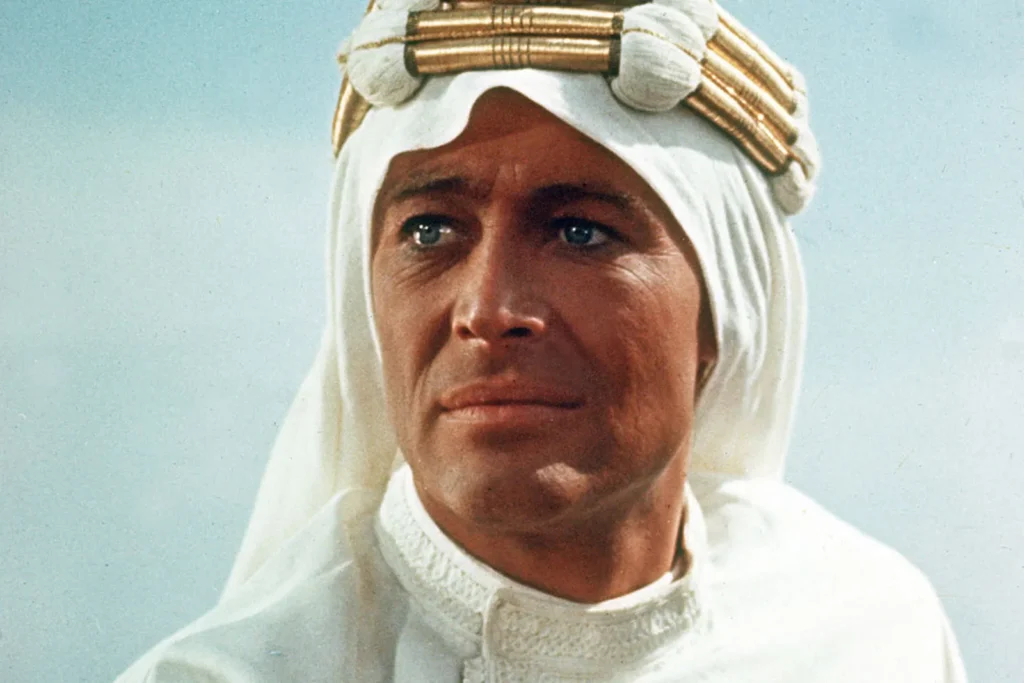
The depiction of the Arab Revolt, the guerrilla warfare tactics employed by Lawrence, and the political complexities of the region are all portrayed with a high degree of accuracy. Although some artistic liberties were taken, the film remains a credible representation of the events and personalities involved.
Lawrence of Arabia is often considered one of the greatest films ever made, not just for its cinematic achievements but also for its historical portrayal. The film’s depiction of World War I in the Middle East is unparalleled in its scope and detail, providing viewers with a deeper understanding of this lesser-known aspect of the war.
The Blue Max (1966)
The Blue Max offers a detailed and realistic portrayal of the air war over the Western Front. The film follows a German fighter pilot’s quest to earn the prestigious Blue Max medal, showcasing the brutal realities of aerial combat during World War I.
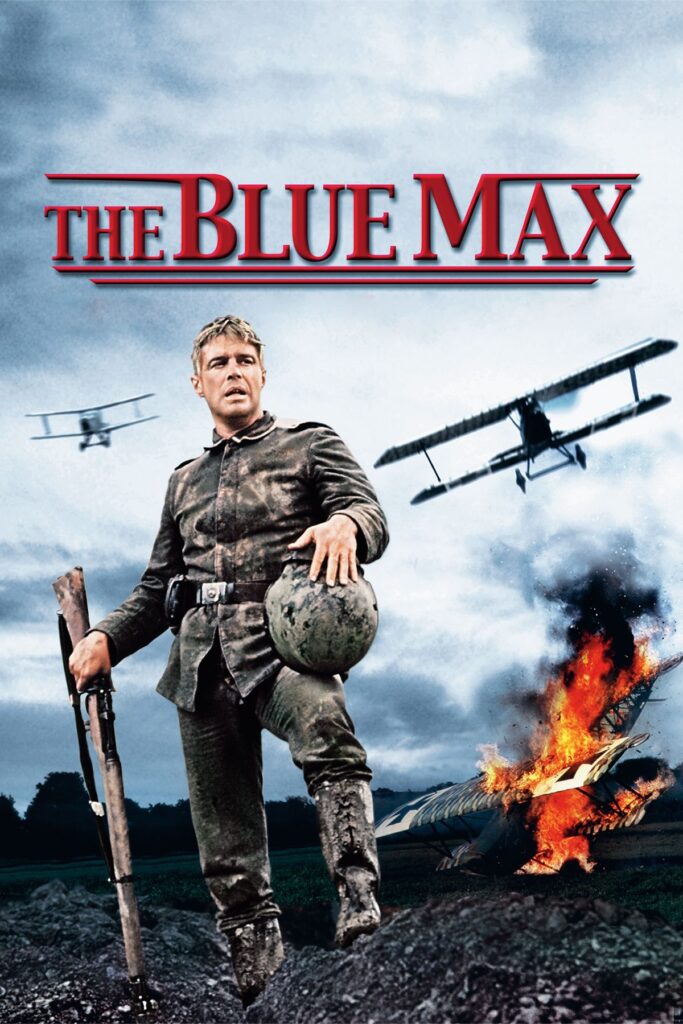
The dogfights are well choreographed and the aircraft used in the film are accurate reproductions of the period’s planes. The film also delves into the psychological impact of war on the pilots, adding depth to its historical accuracy.
The Blue Max is celebrated for its thrilling aerial sequences and its attention to historical detail. The film provides a unique perspective on World War I, focusing on the air war, which is often overshadowed by the trench warfare on the ground.
Beneath Hill 60 (2010)
Beneath Hill 60 is a more recent addition to World War I cinema, focusing on the largely untold story of the Australian tunneling company.
The film is based on the true story of the miners who dug tunnels under enemy lines to plant explosives beneath the German trenches. The attention to historical detail in depicting the claustrophobic conditions underground, the technical challenges faced by the miners, and the tension leading up to the detonation of the mines is commendable.
The film offers a fresh perspective on the war, highlighting an aspect often overlooked in other depictions.
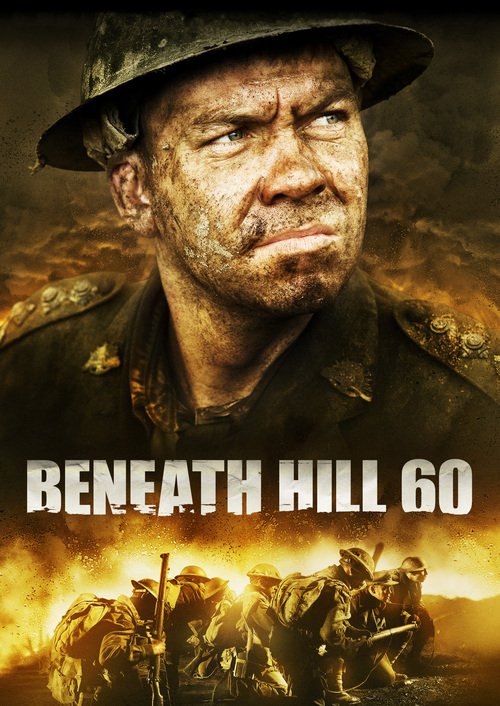
Beneath Hill 60 is praised for its historical accuracy and its ability to shed light on a lesser-known but crucial part of World War I. The film’s focus on the tunneling operations provides a unique and gripping narrative that adds to the broader understanding of the war.
1917 (2019)
1917 stands out for its innovative cinematography, designed to appear as a continuous shot, which immerses viewers in the war experience. The film is inspired by stories told to the director by his grandfather, who served in World War I.
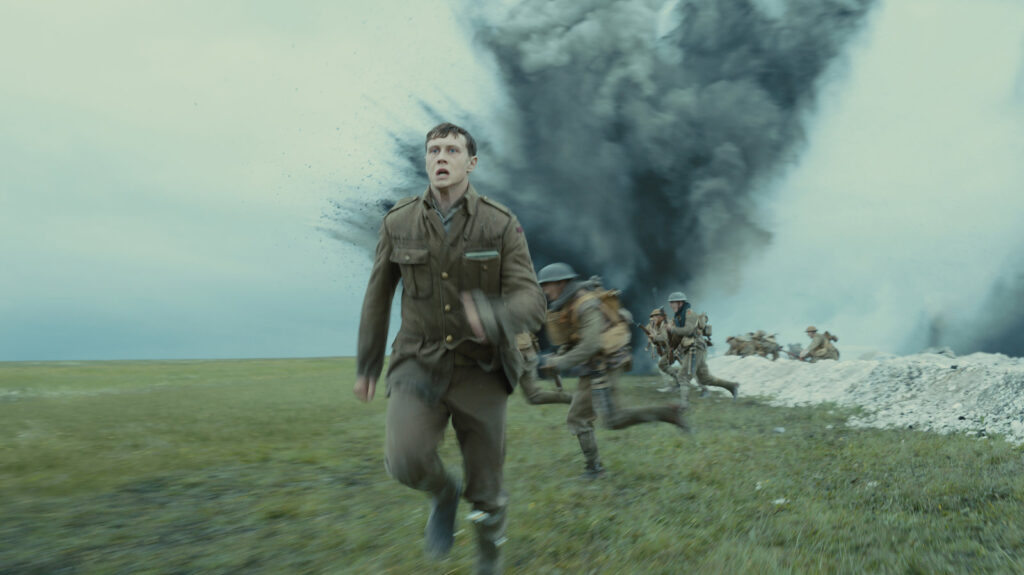
While the narrative is fictional, the film is grounded in historical events and the overall atmosphere and conditions of the Western Front. The film accurately portrays the desolate landscapes, the omnipresent threat of death, and the soldiers’ desperation. The tension and pacing of the movie capture the relentless pressure faced by soldiers on the front lines.
1917 was widely acclaimed for its technical achievements and its realistic portrayal of World War I. The film won multiple awards, including Academy Awards for cinematography and visual effects, and it is considered one of the most immersive war films ever made.
World War I has been the subject of numerous films, but only a select few manage to capture the true essence of the conflict with historical accuracy and emotional resonance.
These seven films stand out not only for their cinematic quality but also for their commitment to portraying the realities of a war that changed the course of history. Whether through the bleak trenches of the Western Front, the doomed campaigns like Gallipoli, or the less-explored theaters like the Middle East and aerial combat, these movies offer viewers a profound understanding of the sacrifices and horrors endured by those who lived through “The War to End All Wars.”
If you enjoyed this article, check out the most accurate Civil War movies of all time and the most accurate Westerns of all time.
